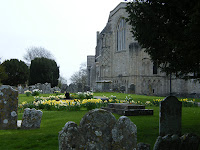From being mostly inspired from that of the Day of the Dead festival, I then began thinking about the different ways that I could interpret the influences through my next experiment and through the photographs taken.
The Day of the Dead festival represents so much within cultural beliefs through the use of dressing up and flowers being placed all around the towns of Mexico.
I knew that by using a bath, water and that of a naked body I could get the viewers to suspect drowning. I wanted to have the naked figure as this, along with the bath, create a similar tonal range within the photograph that would contrast nicely with the brightness of the flowers within the later photographs.
Out of this series of photographs I wanted to gauge that sense of flowers taking over and encasing the presence of death with the covering of the human face throughout the series.
This is the final image taken from this set:
Below shows how I have then went onto develop the photographs above.
From the thoughts of drowning I then thought about what the next stage in the death ceremony would, the placing of the body within the coffin.
From this I could then gauge an idea as to how I could then develop these ideas. I thought about how the deceased would be laid within the coffin and how I could represent the encased body. The deceased almost become detached from their personality in sense that they are not what their relatives once knew them as.
The placing of the flowers around the head really emphasises that detached sense between spirit and body.








































.JPG)
.JPG)
.JPG)
.JPG)

